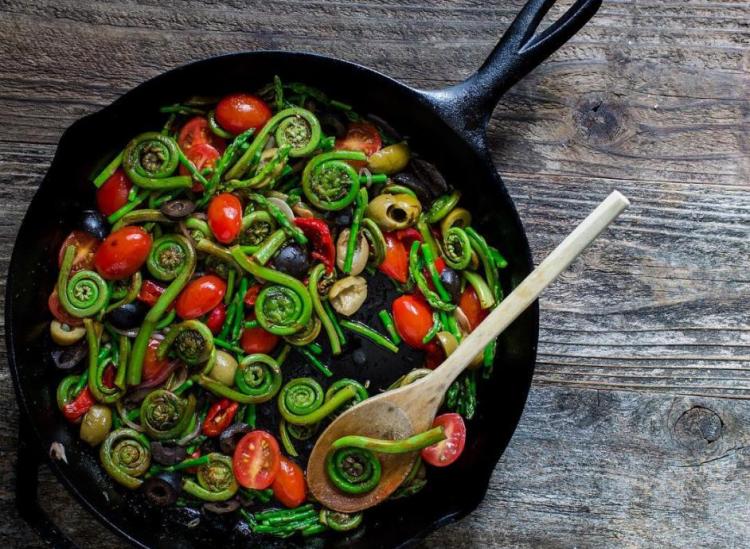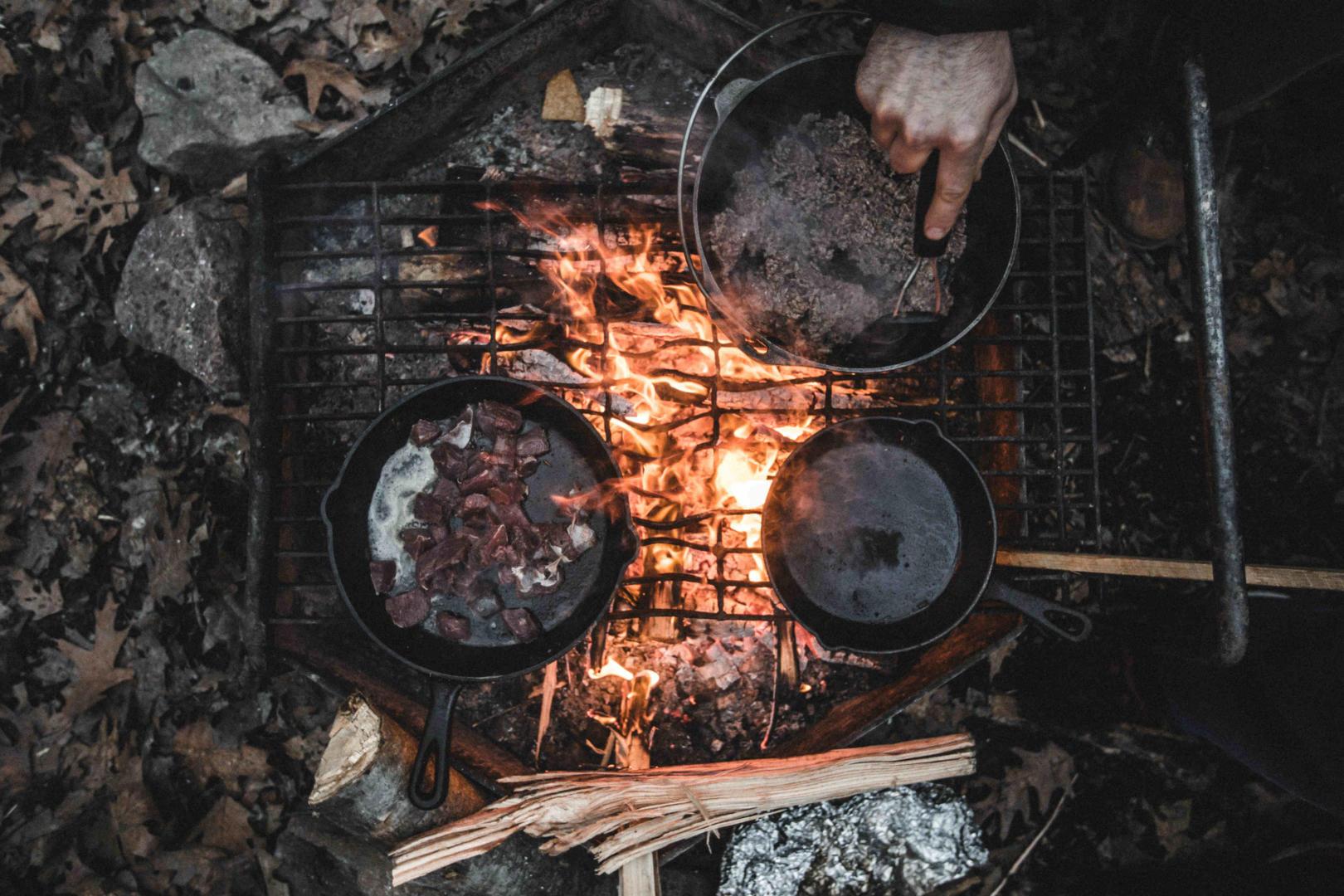How To Rock Your Cast Iron Skillet Like A Pro

@wickedhealthy
You don’t have to be a chef to know your way around a cast iron skillet. If you season your pan correctly, it’ll be your best friend, trusted secret weapon and you guys can even grow old together. A lot of cast irons come pre-seasoned, which is the process of baking on thin coats of oil to create a stick-resistant coating. This protects the pan from getting rusted and makes it a non-stick cooking surface. Food tends to stick to unseasoned iron and this can make or break a recipe, so season wisely.

Unsplash
Your cast iron is ideal for all sorts of cooking because of its non-stick and hefty nature, which allows the skillet to hold heat longer than other pans and lets of your food cook at an even temperature. When you realize how versatile this kitchen tool is, there’s no doubt you’ll want to run out and grab one for yourself. You can use a cast iron to make fried chicken, a fluffy dutch apple pancake, pizza, perfectly crunchy and golden brown paninis and light crepes. There’s no comparison when it comes to getting the ultimate sear on a steak or roasting and caramelizing vegetables. Start off your Saturday morning with a cast iron pan filled with bubbling shakshuka topped with runny poached eggs and you’ll become a believer.
Here’s How To Season Your Cast Iron Skillet
First things first, preheat your oven to 400 degrees Fahrenheit. Wash your new cast iron with soapy water, using a stainless steel scrubber so you can remove any pre-existing wax coating. Thoroughly dry out the pan with a towel and then apply a thin coat of vegetable oil or vegetable shortening. Rub the oil or shortening into the pan with a paper towel or cloth and then turn the pan over any apply the same coating method.
Place the oiled skillet upside down on the top rack of your oven. Place a baking sheet lined with foil under the pan to catch any drippings and to avoid any kind of a smokey oven situation. Let the pan bake for an hour and then turn the oven off, wipe the pan dry with a fresh cloth and let it cool.
Taking Care of Your Cast Iron Skillet
Don’t be afraid to use soap when cleaning out your pan. After cooking with your cast iron on a regular basis, it’s no longer at risk of being stripped of its seasoning by a little dish soap. You can wash the pan with warm soapy water after you’re done cooking and use some kind of a scrubber to get off any of the stubborn burnt-on pieces. If you have an accident where something is intensely crusted on the pan, scrubbing coarse sea salt onto the surface with a paper towel should do the trick.
Water is the cast iron’s enemy, so immediately after you wash out the pan, thoroughly dry it. The final step of maintaining your cast iron is to drizzle a little bit of oil and rub the pan lightly so that it’s fully coated, but there’s no excess and it looks almost dry. Put the pan back on the burner, set it over high heat and let it sit for a few minutes until it starts to lightly smoke. Don’t let the oil sit in the cabinet without heating it first because it’ll be uncomfortably sticky next time you go to use it.
If you follow these easy steps, you’ll be good to go. Welcome to the cast iron club!











